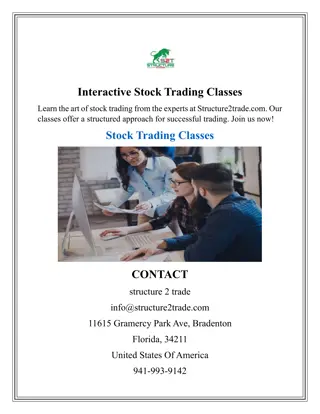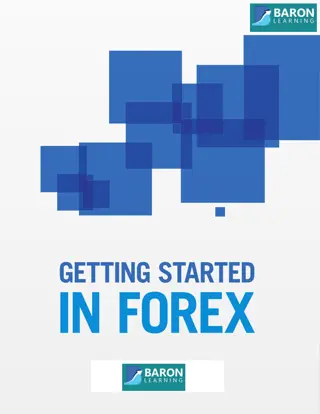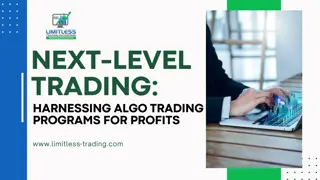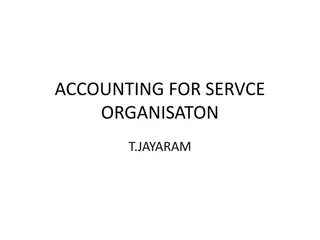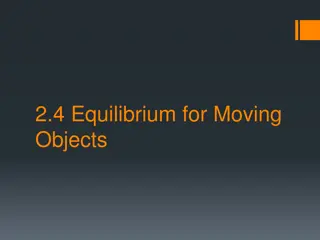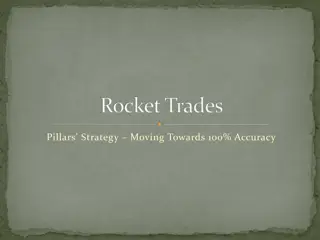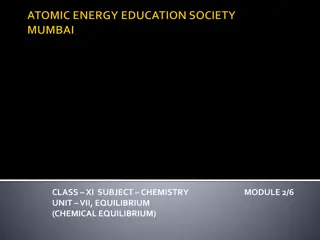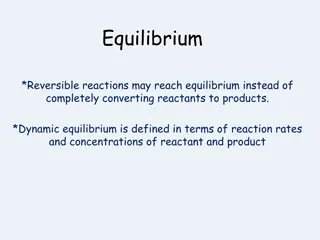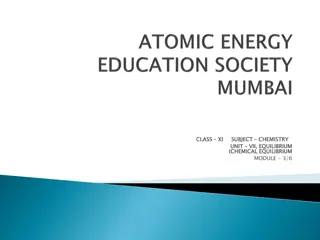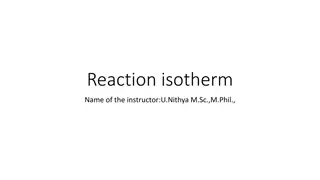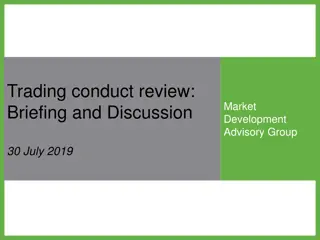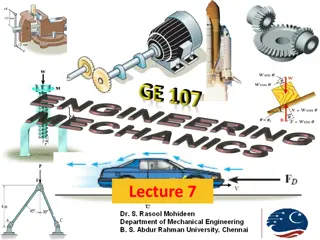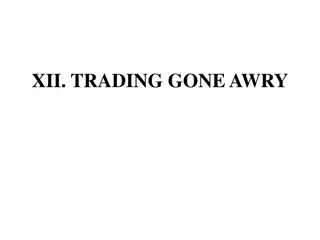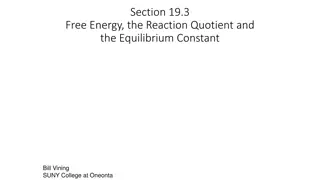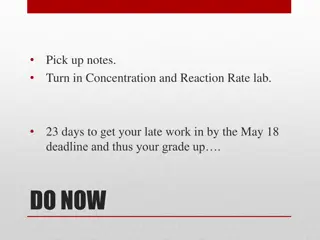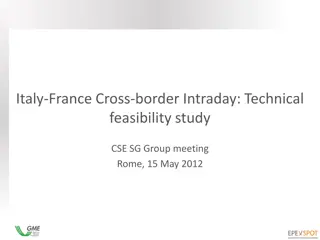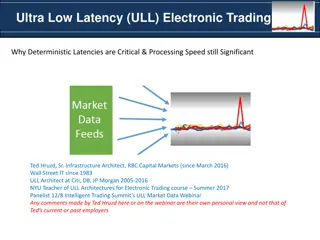Equilibrium fast trading
Investors navigating vast amounts of market data seek ways to enhance trading efficiency and reduce costs. The equilibrium and fast trading model explores strategies with technology advancements.
Download Presentation

Please find below an Image/Link to download the presentation.
The content on the website is provided AS IS for your information and personal use only. It may not be sold, licensed, or shared on other websites without obtaining consent from the author.If you encounter any issues during the download, it is possible that the publisher has removed the file from their server.
You are allowed to download the files provided on this website for personal or commercial use, subject to the condition that they are used lawfully. All files are the property of their respective owners.
The content on the website is provided AS IS for your information and personal use only. It may not be sold, licensed, or shared on other websites without obtaining consent from the author.
E N D
Presentation Transcript
Equilibrium fast trading By Bruno Biais, Thierry Focault, Sophie Moinas Presented by Zongyu Cai Instructed by Phil Dybivg
Agenda Introduction Model Equilibrium allocations and prices fix alpha Equilibrium investment in fast technology endogenize alpha Social optimum and policy intervention Conclusion Personal view
Introduction Investors must process very large amounts of information, in particular about trades and quotes, across different trading venues Timely collection is difficult and delayed in execution is costly How to reduce invest in fast trading technologies, smarter routers, colocation rights, high speed connections The information advantage generates adverse selection costs for other market participants information asymmetry adverse selection costs: fast traders enlarge the bid-ask spread.
All venues liquid
Fast traders Inspect all trading venues instantaneously and find a liquid one with certainty upon arrival Observe prices of other assets with payoffs related to ?? Observe ??and ?? fast
Slow traders Inspect only one trading venue within one period Randomly choose one to inspect With probability of , it is tradable. Do not observe ??and ?? If not find a liquid trading venue, wait(means keeping slow) until the next period, with probability slow
Slow ??is the likelihood of a low institution finally finds a liquid value Once an institution has found a liquid market, it decides optimally whether to trade or not. ? is the mass of new fast institutions entering the market at each period. ??is the mass of slow institutions that entered the market before date ? and are still in the market at date ?
Slow Stationary level Stationary regime: of slow institutions find quotes
Market maker, Bid-ask spread Risk-neutral market maker, zero private valuation for the asset
Equilibrium with given alpha Gross profit of a market maker vs the adverse selection
Equilibrium with given alpha But Does ? exist ?
Equilibrium with given alpha 1 Multiple ? ? Choose the minimum Cannot be profitably undercut
Trading volume Trigger trading Prevent trading More efficient search, Advanced information on cash flows
Equilibrium investment find alpha ?: reflect delay cost. The cost is high when ? is high, ? is small, ? is small
Substitutablity or complementarity Substitute: apple and banan Complementary: chicken and beer
Substitutablity or complementarity Arms race
Policy response Pigovian taxes Pigovian taxes: for example, pollution tax
Conclusion Investment in fast trading tech helps financial institutions cope with market fragmentation. It improves social welfare Fast trading tech also creates adverse selection cost. It lowers social welfare. Thus, it generates a negative externality Complements arms race Slow-only market: improve social welfare, but not the maximum Pigovian tax: social optimal level
My view Advantages: Intuitively, it explains the value and cost created by fast trading tech The model is simple but useful Disadvantages: The assumptions are strong. Like, ? is i.i.d and symmetrical around 0 Slow traders and fast traders may focus on different valuation. But in this paper, the only difference is the price impact caused by fast traders.
My view Furthermore, the assumption that once an institution has found a liquid market, it decides optimally whether to trade or not may not hold for all investors. Therefore, the paper is talking about the relationship between fastest traders and traders who are not so fast but still faster than common investors who invest in the long run. So an important thing is that there are Speed Hierarchies in the real world, which will make it more complicated to figure out the relationship
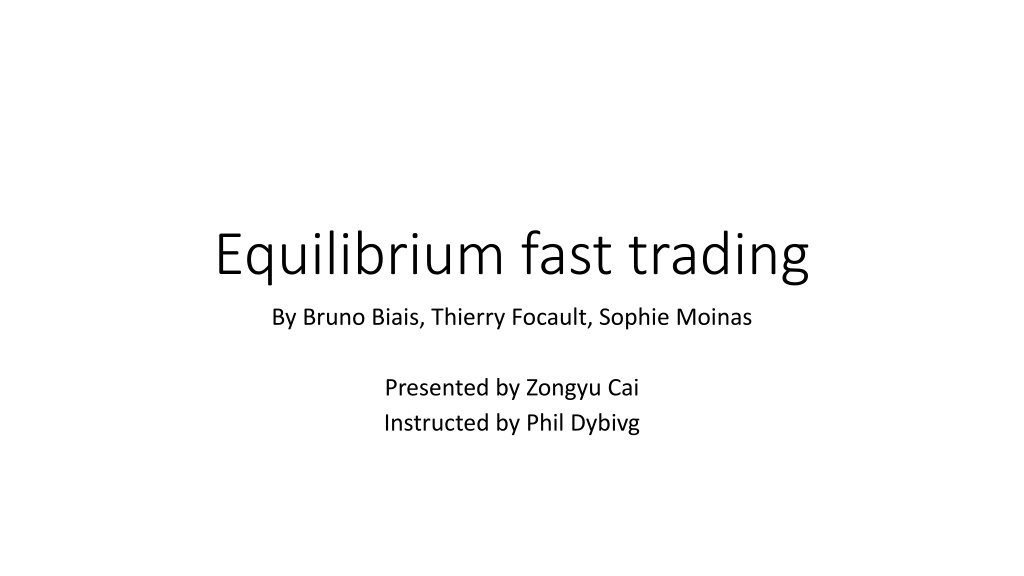

![Guardians of Collection Enhancing Your Trading Card Experience with the Explorer Sleeve Bundle [4-pack]](/thumb/3698/guardians-of-collection-enhancing-your-trading-card-experience-with-the-explorer-sleeve-bundle-4-pack.jpg)

